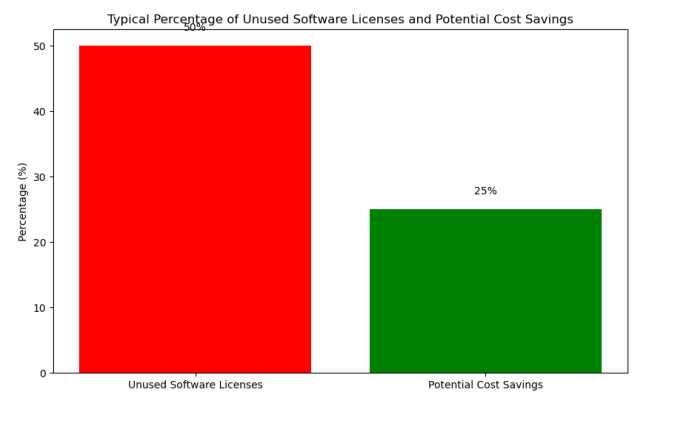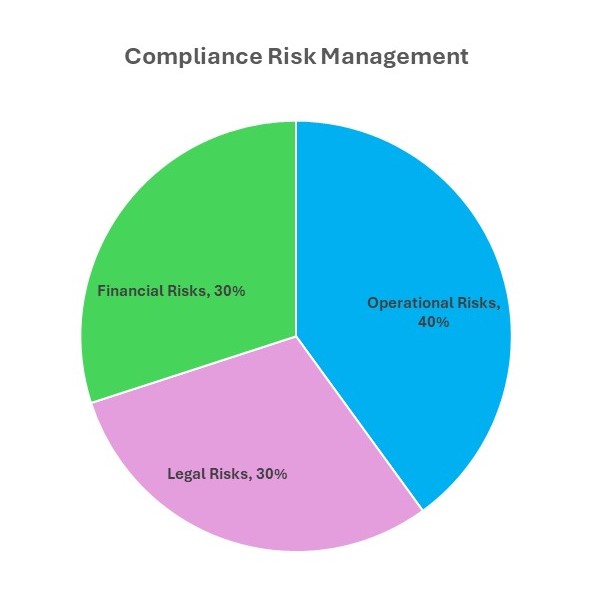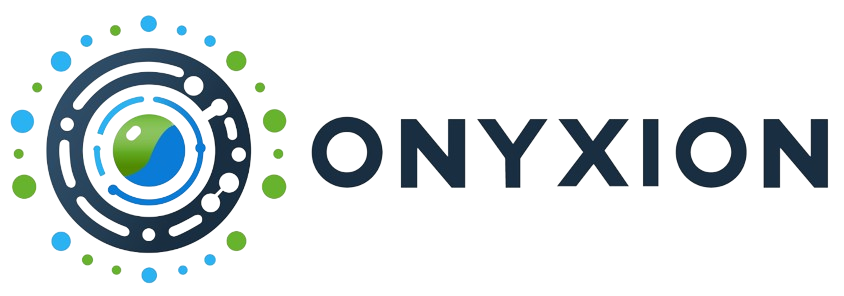Why Organizations Need to Invest in ITAM
The Foundation for IT Financial Management and Digital Transformation Readiness
Executive Summary
As enterprises grow larger and their IT environments become more complex, it is essential to have a comprehensive IT Asset Management (ITAM) solution in place. ITAM solutions provide visibility into all hardware and software assets across the organization, allowing for optimized spend, risk mitigation, and improved operational efficiency. This white paper outlines the key benefits that a robust ITAM practice can deliver for large enterprises.
Optimize Your IT Spend
One of the primary benefits of ITAM is optimizing IT expenditure through improved visibility and control over software licenses and hardware assets. Studies have shown that up to 50% of software licenses go unused in many organizations. By implementing software asset management, enterprises can avoid overspending on unnecessary licenses and reallocate that budget to other priorities.

On the hardware side, ITAM enables better lifecycle management by tracking the location, ownership, and depreciation schedules of all IT assets. This helps reduce wasteful spending on underutilized or outdated equipment while ensuring assets are properly refreshed and maintained over time.
Mitigate Risk and Ensure Compliance
Lack of control over software licenses exposes organizations to legal and financial risks from unintentional non-compliance. An ITAM solution provides a centralized repository to track all software entitlements and deployed instances, enabling license position reporting. This helps enterprises avoid penalties by proactively managing license shortfalls or retiring unauthorized software.

Legal Risks
- Non-compliance penalties
- Litigation costs
- Reputation damage
Financial Risks
- Unbudgeted licensefees
- Wasted resources
- Inefficient use ofinvestments
Operational Risks
- System downtime
- Productivity loss
- Security vulnerabilities
Additionally, many industry regulations like GDPR and data privacy laws require organizations to maintain an accurate inventory of systems handling sensitive data. ITAM provides this capability by discovering all hardware and software assets across the IT estate.
Increase Operational Efficiency
ITAM streamlines IT operations in multiple ways. By providing a unified source of truth for all IT asset data, it prevents productivity losses from inadequate or inaccurate information. An ITAM system also automates time-consuming tasks like software metering, license harvesting, and IT asset procurement. For incident management and service delivery, ITAM correlates configuration item (CI) data across the IT infrastructure, enabling faster root cause analysis and more efficient provisioning of business services.

Plan for Growth and Transformation
To support future scalability and new technology adoption, organizations need an accurate baseline of their current IT footprint from an asset and licensing standpoint. ITAM provides this essential ability to visualize the existing environment and model “what-if” scenarios for mergers, acquisitions, cloud migrations, and other transformational IT projects.
Conclusion
In today’s dynamic technology landscape, IT Asset Management should be a critical discipline for large enterprises focused on optimizing costs, mitigating risks, increasing operational efficiencies, and enabling future growth. A purposeful investment in a robust ITAM solution and practice will rapidly pay dividends through greater control over the IT asset lifecycle.

